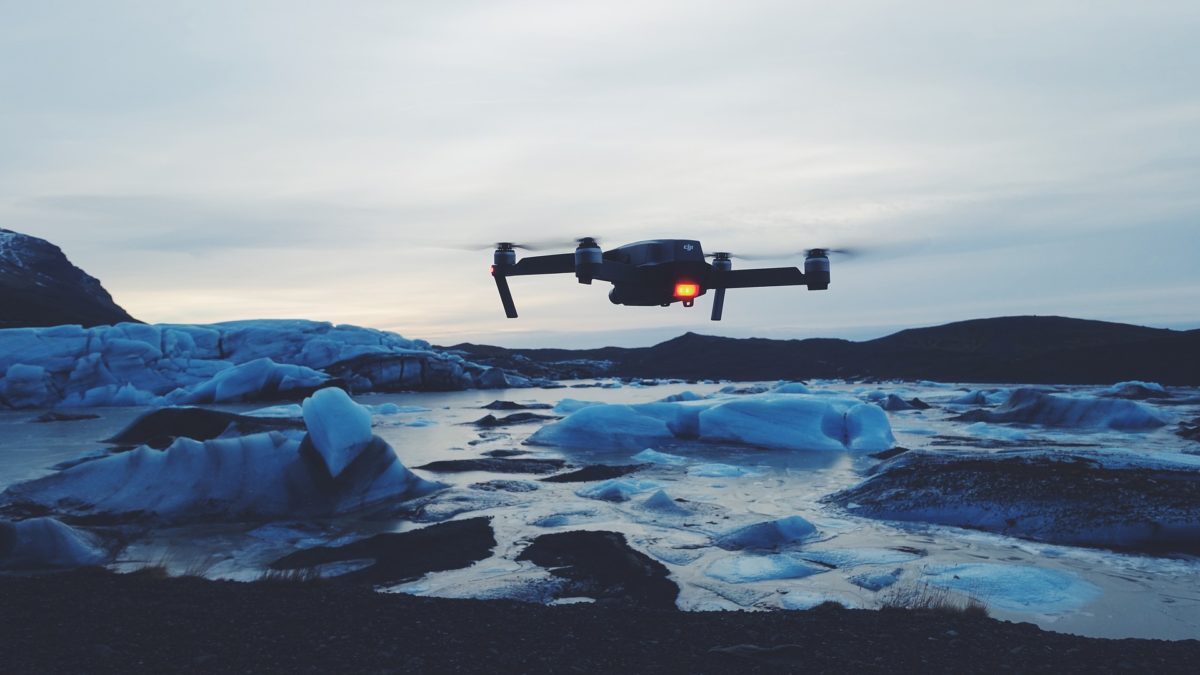Aurora Labs is now the happy owner of its very first drone! I (Sergiu) am completely new to this world of unmanned aerial vehicles (UAVs) – a world that’s extremely promising, considering the advantages that such a device brings: not only for cool photos and videos, but also for weather footage, Northern Lights shooting from a different perspective, and even… well… the fun of piloting one! 🙂
I can’t wait to become accustomed to flying the drone and thus to make it a close part of Aurora Labs’ activities! But this, of course, is subject to weather and, equally important, to space weather! I’ll explain next.
Influence of Space Weather on Drones
Space weather does influence the use of drones! When solar flares, CMEs or coronal holes occur, a geomagnetic storm is likely to occur on Earth. The nice thing about these storms is that they mean strong and beautiful Auroras here in the Arctic. …But they also mean interference of communication systems – such as GPS!
Modern drones strongly rely on GPS for locating themselves, for maintaining their position under stronger winds, for returning back to their initial starting point when you press the Return-to-home button on your radio controller, or when your drone’s battery is at its alert level and the vehicle needs to land soon.
These geomagnetic storms – which, by the way, occur even in summer! – can interfere with GPS, meaning that the positioning system becomes very inaccurate and the drone might land in completely different places than the defined home point, or, in worse cases, it forces your drone to enter the ATTI mode (or manual mode), as GPS may even become unavailable.
How to take space weather into account when flying your drone?
Space weather is many times omitted when talking about flying a drone securely. But it’s a very important factor to take into account!
So, next time you take your drone out, do check the current Kp index, or planetary index, as it is called scientifically. To keep things simple and short, Kp measures the global geomagnetic activity, and takes a value from 0 to 9, 0 meaning a very low (or no) activity and 9 a very strong geomagnetic storm.
To see the current value of Kp, do check Aurora Labs’ own Aurora Forecast page or the Aurora Forecast app.
As a general rule, values of Kp ranging from 0 to 4 can be considered safe for flying your drone. When Kp becomes 5 or higher, a geomagnetic storm is under way and you must think twice before piloting your drone, especially if you’re not used to piloting it manually.
To learn much more about Kp and forecasting space weather, take a look at my Learn the Aurora Online Workshop, or just visit Vadsø with me and book a Learn the Aurora workshop with Aurora Labs! This way, you can even earn your very own Aurora Labs diploma in this beautiful subject! 😊

